Carol Lidstone opened Wee Walker’s Highland Dance Studio (proudly named after Carol’s Mother) in September ,1998. Â Over the past 17 years she has been honoured to teach highland dance to many children and some adults in the 100 Mile House area. Â At her peak , she had 70 students, of which 30 danced competitively. Â At different times , she taught in her studio at her home , at Bridge Lake School, 108 Hall, and rented the 909 Studio in town. Â Until a couple of years ago ,she had an annual concert and hosted a competition 100 Mile House for 10 years, attracting dancers from all over the province of B.C.
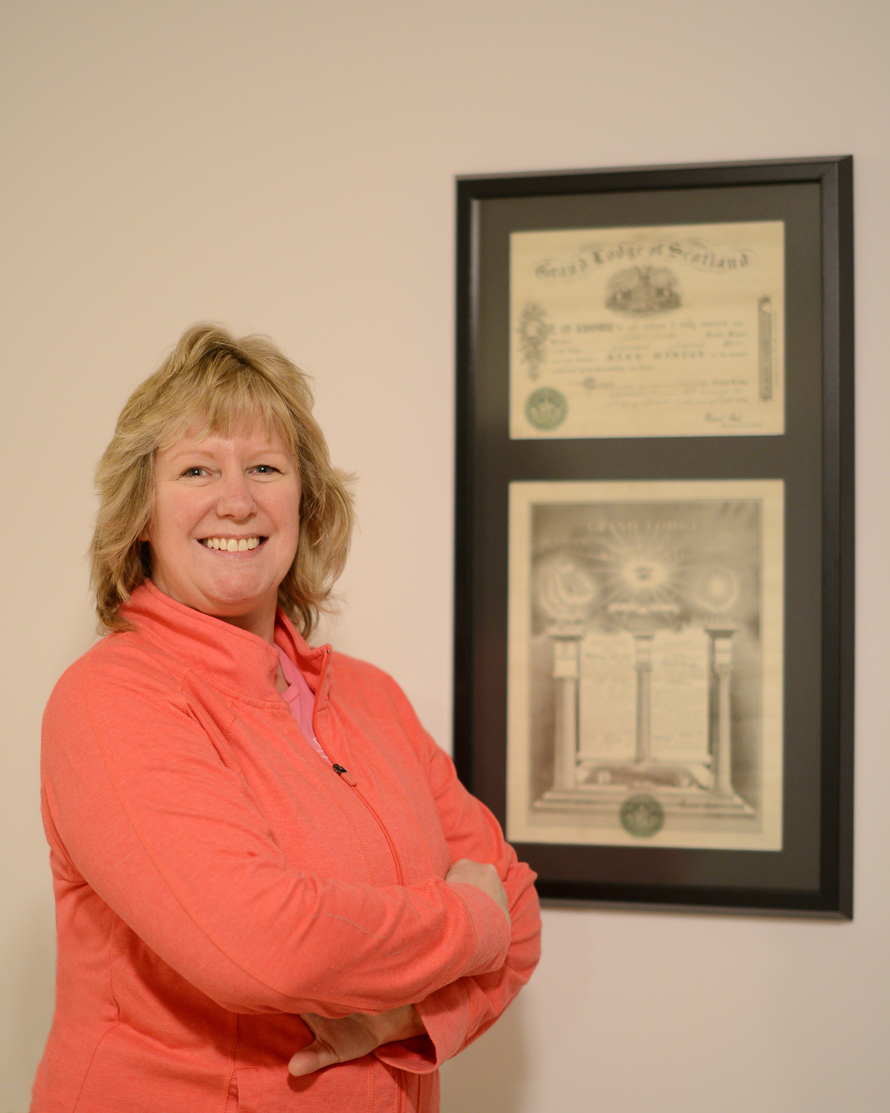
The competitive dancers have travelled to most provinces in Canada, attending the annual Highland Dance Canadian Championships.  Jessica White also travelled  to Scotland to compete.  Carol now has 2 students, as she has not taken on any new students for about 8 years.  Quinn Andrews, 16, is currently in Italy on an exchange program.  Madeline Martin, 13, has been dancing for 10 years.  She is a very talented and hard working student, and has a great passion for highland dance.  Madeline is the student  in the photos ~
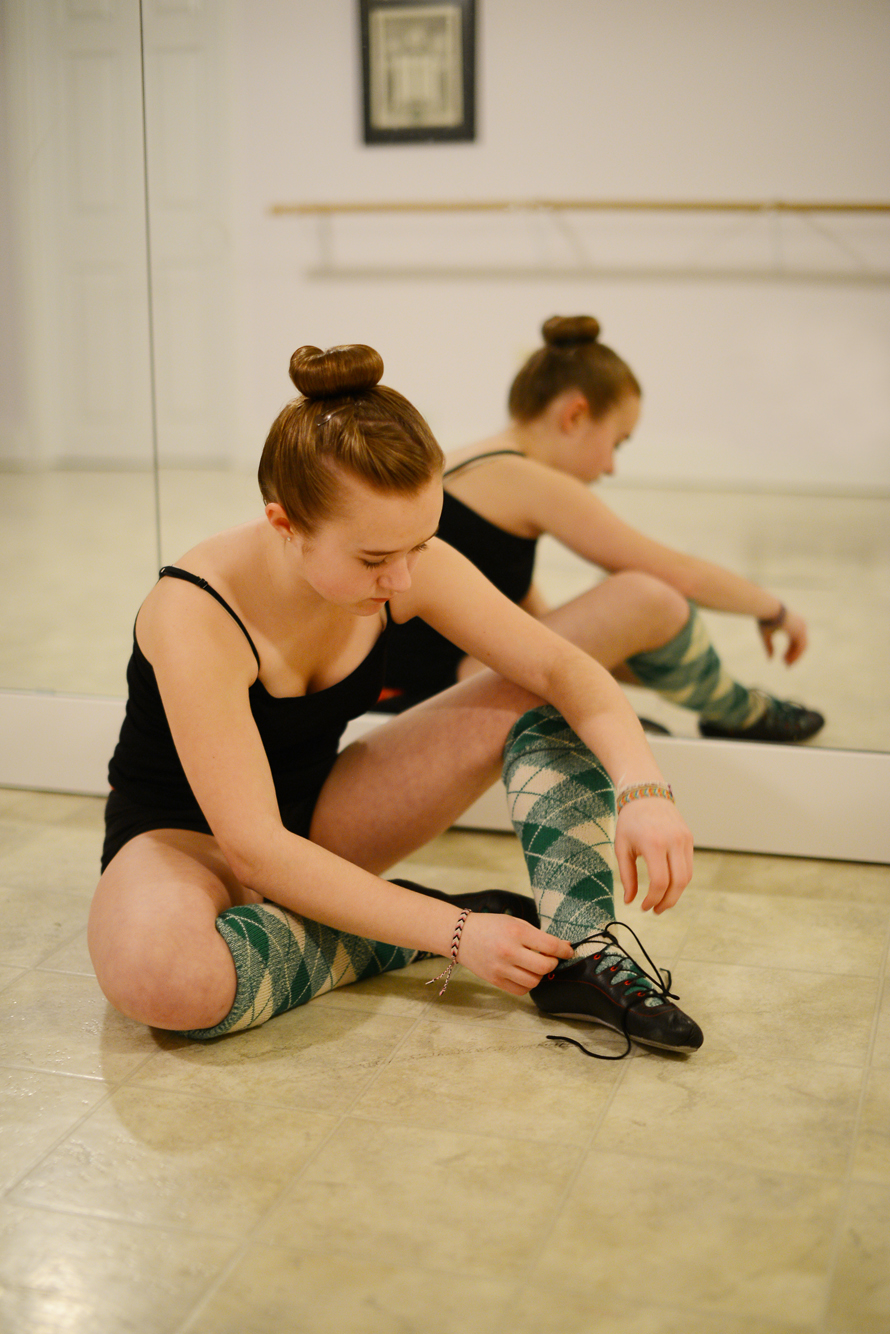
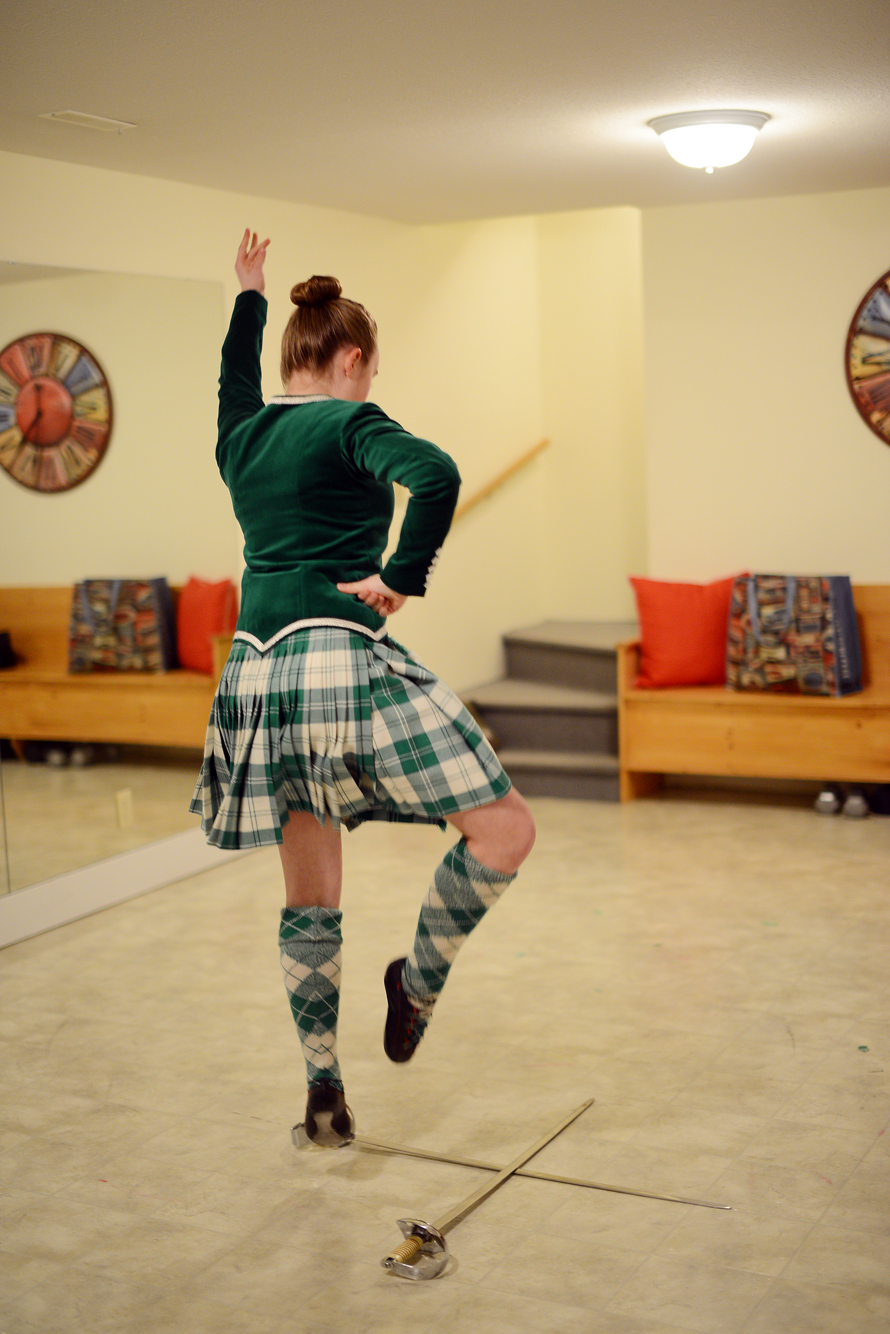
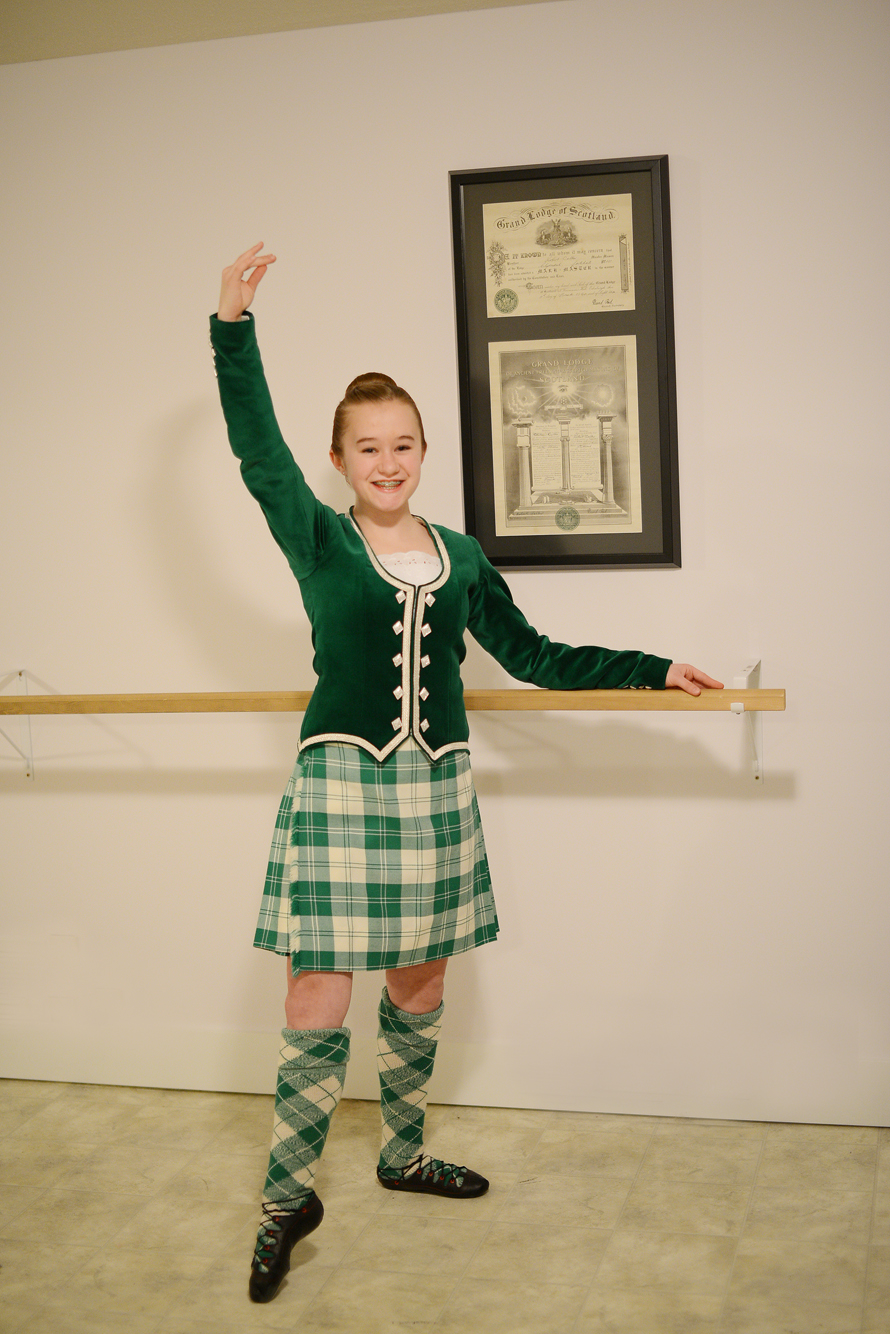 The Highland costumes  these dancers wear cost a small fortune ~
The Highland costumes  these dancers wear cost a small fortune ~
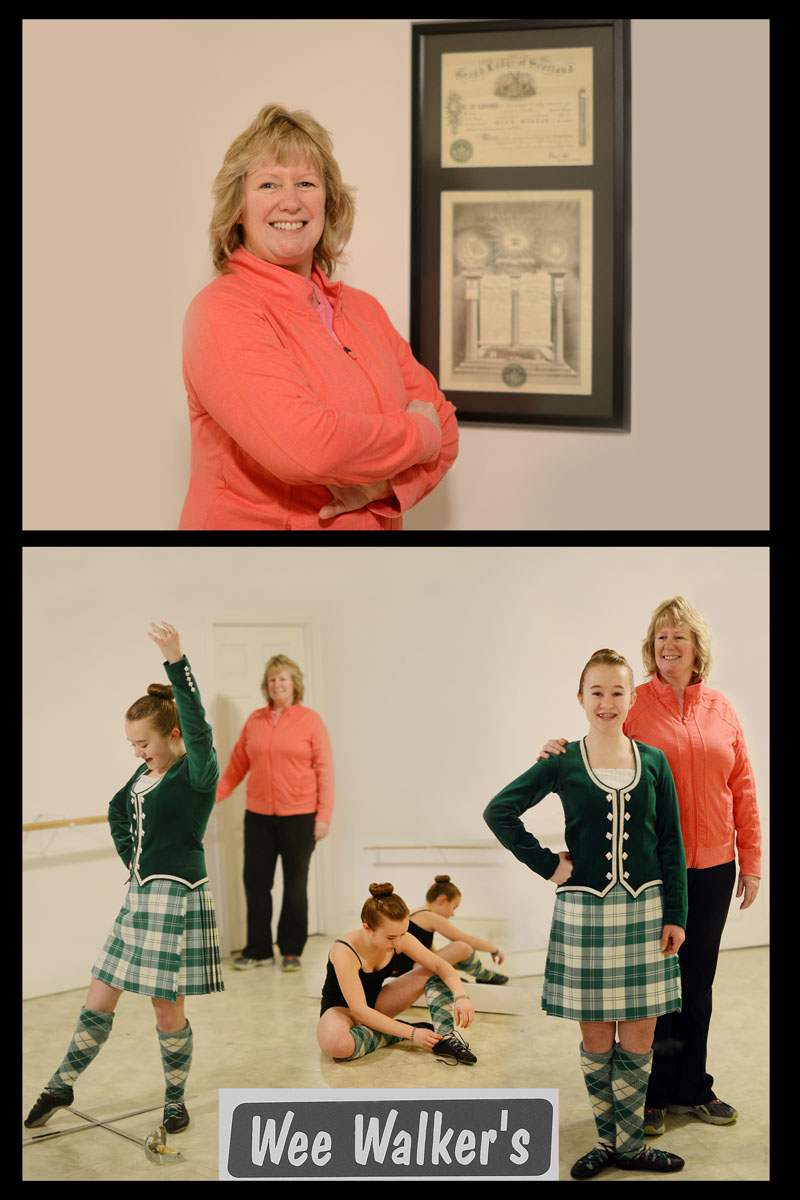
Some interesting facts about Highland Dances ~
Dating back to before recorded history, the Highland Dances of Scotland were originally highly athletic male dances of triumph, joy, and other reflections of emotion. Competitive Highland dancing as we know it began during the revival of interest in Highland culture during the 19th century. Women first began competing at the turn of the century. Highland dances require both athletic and artistic skill and are danced both informally and in competition.
In competition, dancers are judged on three elements: timing, technique and general deportment.
Timing is the dancers ability to follow the rhythm of the music.
Technique concerns the dancers footwork and the coordination of head, arms and hands. Good positioning of the feet is most important.
General Deportment concerns the dancers interpretation and ability to capture the spirit and motif of the dance and includes balance, overall appearance, bearing and carriage of the head, arms, body and hands. Upright posture is essential, and the dancers must ehibit a happy demeanor. Although the dances are very athletic, they must be danced with seeming ease, with no signs of strain and free of elaborate showiness.
For competitive purposes, each dancer is ranked according to one of five groups: Primary, under 7 years of age; Beginner until winning 6 different contests; Novice, until winning 6 more competitions; Advanced Intermediate, for one year from date of last Novice competition; and the big leagues, Open or Premiere. There are age classifications in each group.
THE HIGHLAND FLING
As with the Sword Dance, this is probably the oldest of the traditional dances of Scotland – signifying victory following a battle. It has been said that warriors danced the Fling around a small round shield called a ‘targe’. Most targes had a sharp spike of steel projecting from the center, so dancers learned early to move with great skill and dexterity. Another interpretation has the dancer celebrating a successful stag hunt, the upraised arms and hands representing the antlers of a deer.
THE SWORD DANCE
The Sword Dance is mentioned in documents going back to the reign of Malcolm III, King of Scots in the eleventh century. Known in Gaelic as “Canmore”, “Great Head”, he allegedly danced over his bloody claymore, (the ancient two-handed sword of Scotland), crossed with the sword of his defeated enemy (or perhaps even over the severed head of his foe as well). Sometimes a dirk, a Highland dagger, was placed blade uppermost in the ground and the dance was performed over it.
THE SEANN TRIUBHAS
Pronounced “shawn trews”, this Gaelic phrase means "old trousers". After the Jacobite Rising of 1745 and the subsequent defeat of the Highlanders at Culloden the following year, the British Government passed an Act banning Highland dress (except in Highland regiments). Forty years later, the Act was repealed. This dance depicts a man celebrating the fact that he no longer has to wear his hated trousers but can return to the freedom of the kilt.!
this excerpt taken from
The History of Highland Dance
brought to you by The MacCulloch Dancers of Glengarry with the guidance Ken McKenna of Dalkeith, Ontario
Thank you to  Carol & Madeline for sharing part of your  dance lesson with me ~
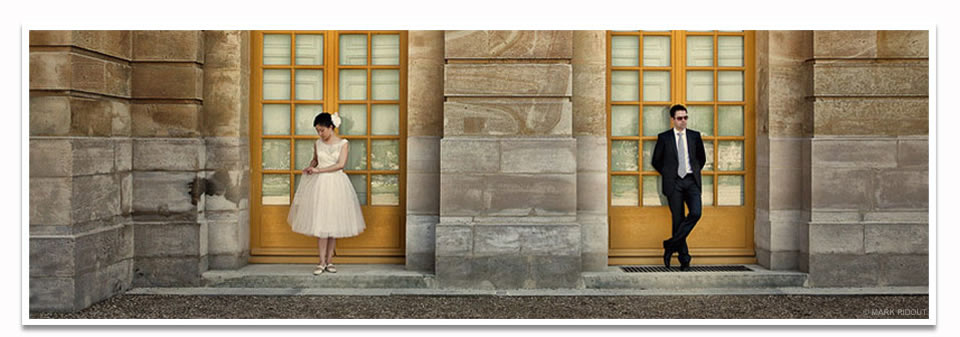
no comments